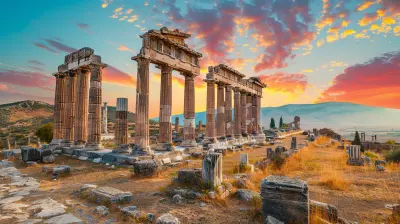How Festivals Are Shaping New Trends in Cultural Tourism
4 July 2025
Cultural tourism has always been about experiencing the heart and soul of a destination. But in recent years, something fascinating has been happening—festivals are taking center stage, redefining the way people travel and experience new cultures.
Gone are the days when cultural tourism meant just visiting museums and historical landmarks. Now, travelers crave immersive, once-in-a-lifetime experiences. And what better way to do that than by joining a festival where the whole city turns into a giant party?
So, how exactly are festivals shaping new trends in cultural tourism? Buckle up because we're about to dive deep into this vibrant and colorful world! 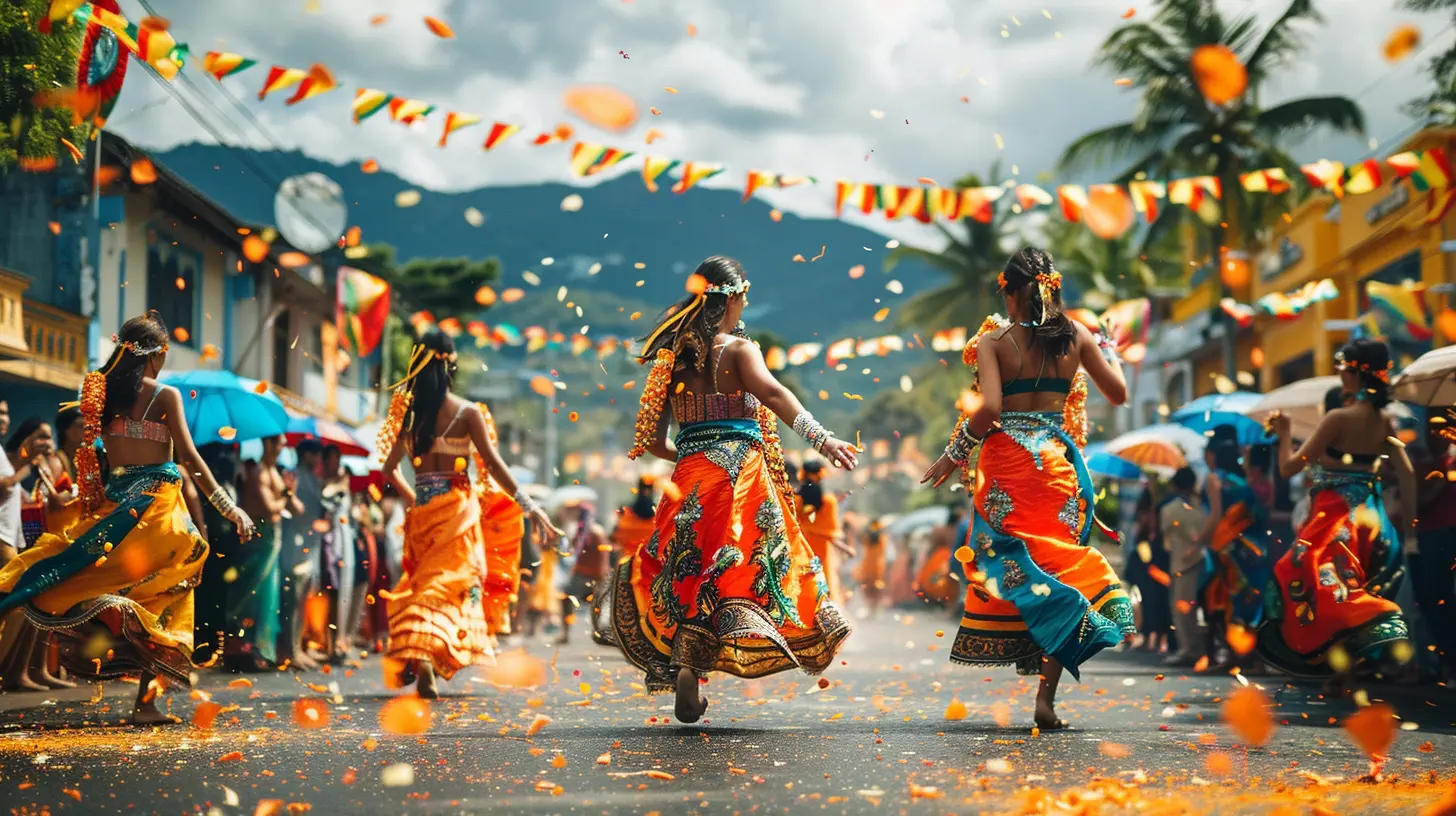
Festivals as the New Tourism Magnet
1. Experiential Travel Over Sightseeing
Tourists no longer just want to see a place; they want to feel it, taste it, live it. And festivals offer just that—an all-encompassing sensory experience. Imagine dancing at Rio’s Carnival, getting drenched in colors during India’s Holi, or tasting the finest wines at Germany’s Oktoberfest. These aren't just trips; they’re memories that tattoo themselves onto your soul.2. Social Media Influence and FOMO (Fear of Missing Out)
Let’s be honest—Instagram is practically running the tourism industry now. Festivals provide the perfect Instagrammable moments, and one viral post can inspire millions to book a flight. Coachella, Burning Man, and La Tomatina are prime examples of festivals that have gained international attention, making them must-visit destinations.Hashtags, reels, and TikTok trends ensure that festival tourism isn’t just growing—it’s exploding. Because let’s face it, who doesn’t want that picture-perfect shot covered in Holi colors or standing under dazzling fireworks?
3. Rise of Niche and Boutique Festivals
Not all festivals are about massive crowds and wild parties. Some cater to niche audiences—think cheese festivals in France, Viking festivals in Norway, or even UFO festivals in New Mexico. These boutique festivals attract travelers who want something offbeat and unique, creating a new wave in cultural tourism.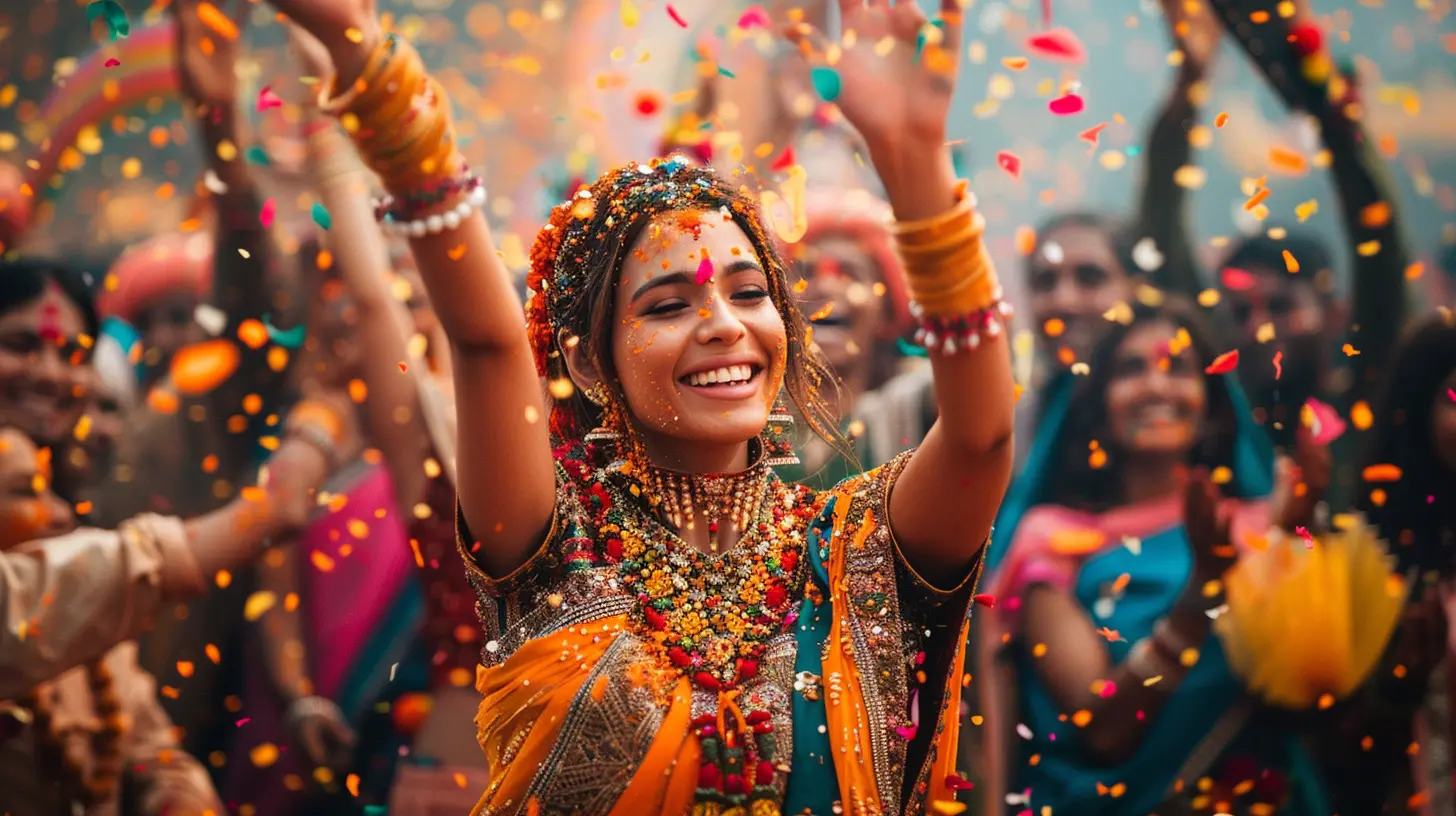
Economic and Cultural Boost from Festivals
Festivals aren’t just fun for travelers—they’re a jackpot for local economies. Tourists pour into cities, staying in hotels, eating at local restaurants, and shopping like there's no tomorrow. This financial boost benefits communities, providing jobs and sustaining local traditions.1. Promoting Local Art and Crafts
Festivals often serve as showcases for local artisans, musicians, and performers. A traveler might come for the festival but leave with handmade crafts, cultural knowledge, and a newfound appreciation for the local art scene. Events like the Edinburgh Fringe Festival or the Venice Biennale spotlight creative talent, turning cities into global art hubs.2. Rejuvenating Forgotten Traditions
Many festivals breathe new life into old traditions. The Día de los Muertos (Day of the Dead) celebrations in Mexico, for example, have seen a resurgence in popularity thanks to cultural tourism. By attending such festivals, travelers help keep these customs alive for future generations.3. Sustainable Tourism and Eco-friendly Festivals
Modern travelers care about sustainability, and festivals are adapting. Events like Glastonbury have implemented green initiatives such as banning plastic bottles, encouraging carpooling, and using renewable energy. These eco-friendly festivals set a new standard for responsible tourism.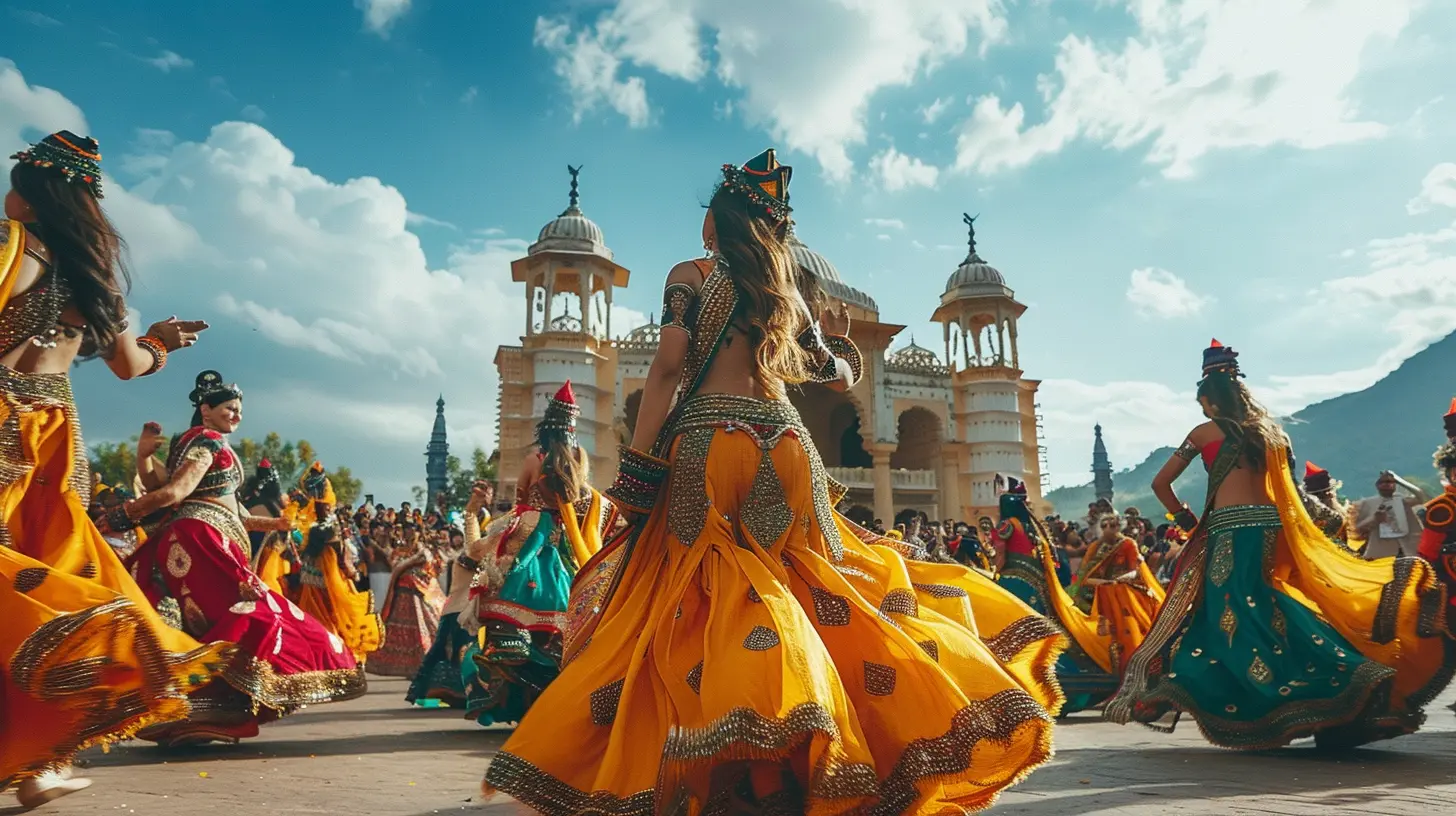
How Festivals Are Changing the Way We Travel
1. Longer Stays and Slow Travel
Festivals encourage travelers to stay longer instead of just hopping from one attraction to another. Instead of a quick weekend getaway, people are extending their trips to fully immerse themselves in the culture surrounding the event.For example, visitors to the Venice Carnival often spend extra days exploring the canals, local markets, and neighborhood cafes. This slow travel trend deepens cultural connections and provides a more authentic experience.
2. Blending Work and Play: The Rise of “Festcations”
Remote work has given birth to a new travel trend: festcations—a mix of festival-going and vacationing. Digital nomads plan their travels around major festivals, working remotely in between gigs at Tomorrowland or street parades in New Orleans. Why sit in an office when you can wrap up emails from a beachside cottage after attending Bali’s Nyepi Festival?3. Festival-Hopping as a Travel Style
Ever heard of bar-hopping? Well, meet festival-hopping. Some travelers now design their entire itineraries around festival circuits. They start with Chinese New Year in Hong Kong, move to Mardi Gras in New Orleans, hit Coachella in California, and finish with Oktoberfest in Munich. It’s like a bucket list—but for party lovers and culture seekers alike!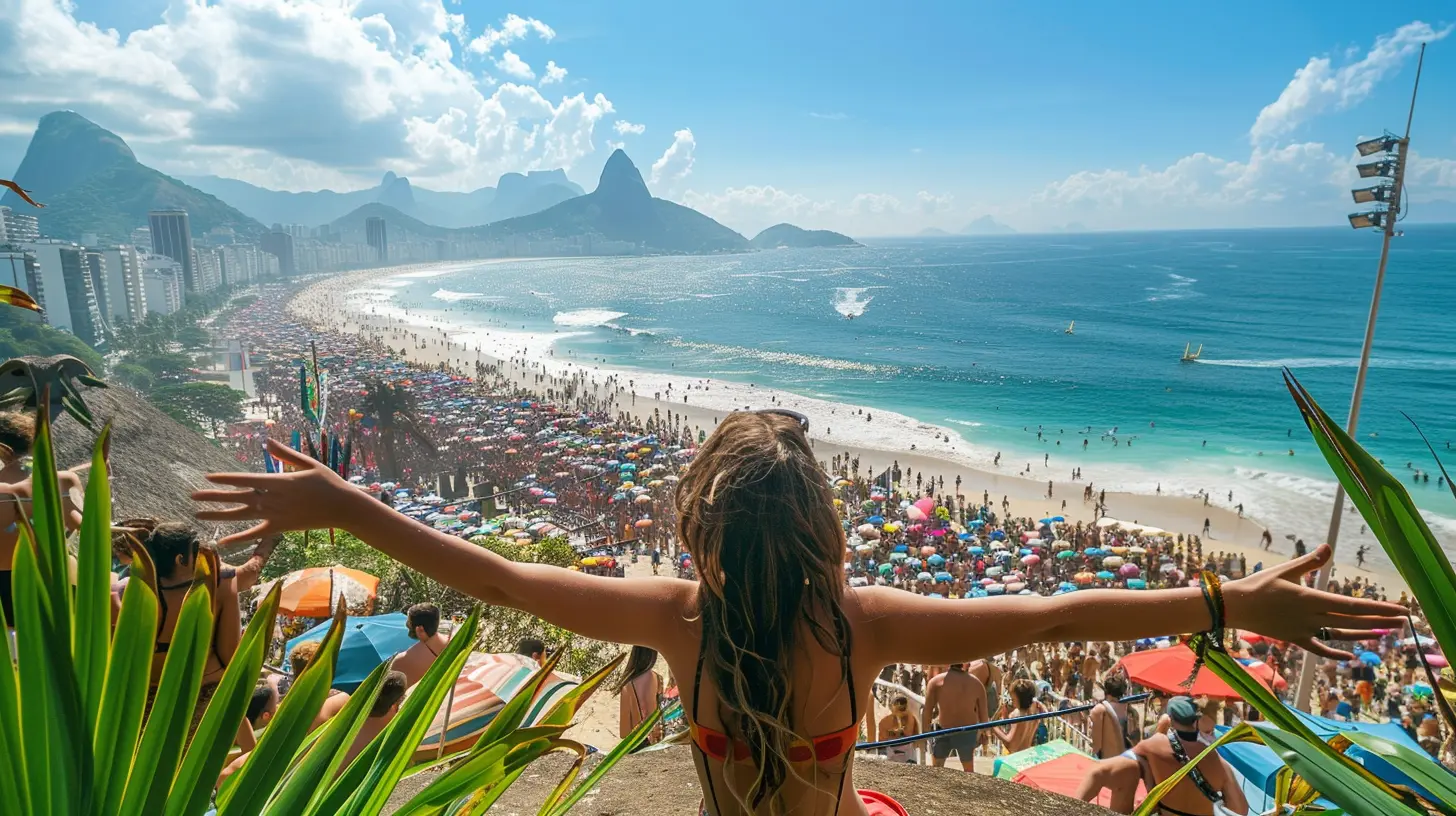
Challenges and the Future of Festival Tourism
While festival tourism is thriving, it also faces challenges. Over-tourism can overwhelm small cities, and commercialization can sometimes dilute cultural authenticity. But with careful planning, festivals can balance tradition with tourism in a way that benefits everyone involved.1. Striking a Balance Between Authenticity and Commercialization
There’s a fine line between cultural appreciation and commercial exploitation. Some festivals have become so tourist-driven that locals barely recognize them anymore. Take Thailand’s Full Moon Party—what started as a small beach gathering is now a massive tourist event with little connection to Thai culture.Organizers must ensure that festivals maintain their original charm while adapting to the influx of global visitors.
2. Managing Crowds and Infrastructure
Popular festivals bring in thousands, sometimes even millions, of tourists. This can put immense pressure on local infrastructure, from transportation to waste management. Cities need smart strategies—think better crowd control, eco-friendly initiatives, and improved public transport—to ensure festivals remain enjoyable and sustainable.3. Virtual and Hybrid Festival Experiences
The pandemic ushered in a new form of festival tourism—virtual and hybrid events. Now, people can attend some of the world’s biggest festivals from their couches via live streams and VR experiences. While nothing beats the real thing, these digital innovations are making festivals more accessible to people who can’t travel.Final Thoughts
Festivals are reshaping cultural tourism in ways we never imagined. They’re turning cities into global party zones, reviving ancient traditions, and even creating new ways for people to experience the world. Whether you're into music, food, history, or just good vibes, there’s a festival out there waiting for you.So, next time you're planning a trip, why not check out a festival schedule instead of a travel guidebook? Who knows—you might find yourself in the middle of a samba parade, a medieval fair, or even a tomato war. Sounds like a good story to tell, doesn’t it?
all images in this post were generated using AI tools
Category:
Cultural FestivalsAuthor:

Tracie McAdams
Discussion
rate this article
2 comments
Silas Maddox
What a wonderful exploration of festivals and their impact on cultural tourism! It's heartening to see how these vibrant celebrations foster community connections and enrich our shared experiences. Thank you!
September 28, 2025 at 4:02 PM

Tracie McAdams
Thank you for your kind words! I’m glad you enjoyed the exploration of festivals and their role in cultural tourism. They truly do create meaningful connections and enrich our communities!
Sydney Heath
Festivals are increasingly pivotal in cultural tourism, driving visitor engagement and local economies. They offer authentic experiences and foster community identity, making them key attractions for travelers seeking immersive cultural encounters in diverse settings around the world.
July 8, 2025 at 4:54 AM

Tracie McAdams
Thank you for highlighting the crucial role of festivals in cultural tourism! Their ability to engage visitors and strengthen community identity truly enriches the travel experience.

